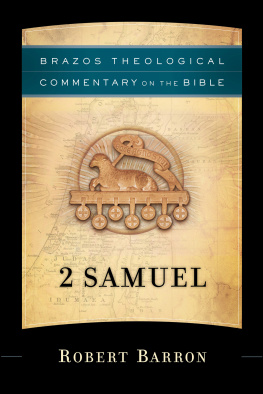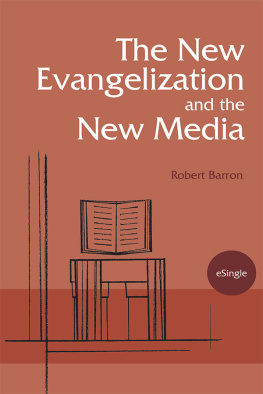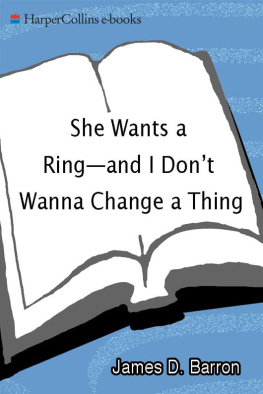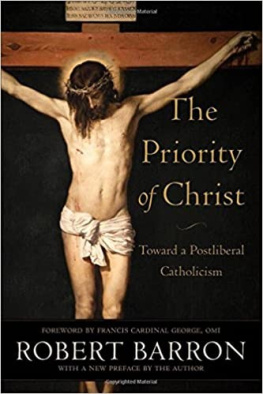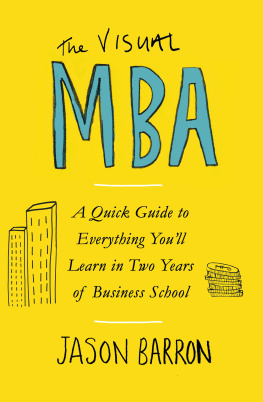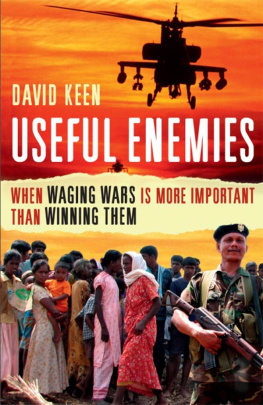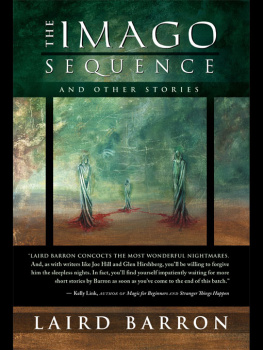David J. Barron - Waging War
Here you can read online David J. Barron - Waging War full text of the book (entire story) in english for free. Download pdf and epub, get meaning, cover and reviews about this ebook. publisher: Simon & Schuster, genre: History. Description of the work, (preface) as well as reviews are available. Best literature library LitArk.com created for fans of good reading and offers a wide selection of genres:
Romance novel
Science fiction
Adventure
Detective
Science
History
Home and family
Prose
Art
Politics
Computer
Non-fiction
Religion
Business
Children
Humor
Choose a favorite category and find really read worthwhile books. Enjoy immersion in the world of imagination, feel the emotions of the characters or learn something new for yourself, make an fascinating discovery.

- Book:Waging War
- Author:
- Publisher:Simon & Schuster
- Genre:
- Rating:4 / 5
- Favourites:Add to favourites
- Your mark:
- 80
- 1
- 2
- 3
- 4
- 5
Waging War: summary, description and annotation
We offer to read an annotation, description, summary or preface (depends on what the author of the book "Waging War" wrote himself). If you haven't found the necessary information about the book — write in the comments, we will try to find it.
Waging War — read online for free the complete book (whole text) full work
Below is the text of the book, divided by pages. System saving the place of the last page read, allows you to conveniently read the book "Waging War" online for free, without having to search again every time where you left off. Put a bookmark, and you can go to the page where you finished reading at any time.
Font size:
Interval:
Bookmark:
Thank you for downloading this Simon & Schuster eBook.
Join our mailing list and get updates on new releases, deals, bonus content and other great books from Simon & Schuster.
C LICK H ERE T O S IGN U P
or visit us online to sign up at
eBookNews.SimonandSchuster.com
ALSO BY DAVID J. BARRON
City Bound: How States Stifle Urban Innovation (coauthored by Gerald Frug)


Simon & Schuster
1230 Avenue of the Americas
New York, NY 10020
www.SimonandSchuster.com
Copyright 2016 by David J. Barron
All rights reserved, including the right to reproduce this book or portions thereof in any form whatsoever. For information, address Simon & Schuster Subsidiary Rights Department, 1230 Avenue of the Americas, New York, NY 10020.
First Simon & Schuster hardcover edition October 2016
SIMON & SCHUSTER and colophon are registered trademarks of Simon & Schuster, Inc.
For information about special discounts for bulk purchases, please contact Simon & Schuster Special Sales at 1-866-506-1949 or .
The Simon & Schuster Speakers Bureau can bring authors to your live event. For more information or to book an event, contact the Simon & Schuster Speakers Bureau at 1-866-248-3049 or visit our website at www.simonspeakers.com.
Interior design by Lewelin Polanco
Jacket design by Tom McKeveney
Jacket images: Drone by Vadimmus/Shutterstock; Cannon by Pl03/Shutterstock
Library of Congress Cataloging-in-Publication Data
Names: Barron, David J., author.
Title: Waging war : the clash between presidents and Congress, 1776 to ISIS / David J. Barron.
Description: New York : Simon & Schuster, 2016. | Includes bibliographical references and index.
Identifiers: LCCN 2016025789| ISBN 9781451681970 (hardback) | ISBN 9781451681987 (paperback)
Subjects: LCSH: War and emergency powersUnited StatesHistory. | War, Declaration ofUnited StatesHistory. | Constitutional historyUnited States. | PresidentsUnited StatesHistory. | Executive powerUnited StatesHistory. | United States. CongressHistory. | Legislative powerUnited StatesHistory. | IS (Organization) | BISAC: POLITICAL SCIENCE / Political Process / General. | POLITICAL SCIENCE / Government / General. | HISTORY / United States / General.
Classification: LCC KF5060 .B37 2016 | DDC 342.73/0412dc23 LC record available at https://lccn.loc.gov/2016025789
ISBN 978-1-4516-8197-0
ISBN 978-1-4516-8199-4 (ebook)
For Juliette, and our children, Cecilia, Leo, and Jeremiah
A s the British fleet reached the shores of New York City in July of 1776, the private secretary to the Kings top military commander in America looked out from the deck of his anchored war vessel. The morning sun was shining bright, affording a beautiful prospect that stretched as far as six miles. In the distance, Ambrose Serle could see smoke rising from the fires of the rebels encampments.
The Americans had declared their independence a week before, but Serle was already well versed in their grievances. Months earlier, he had achieved renown for a slashing tract against their cause. He now relished the chance to crush the rebellion at its birth. Scanning the enemy forces, Serles eyes fastened upon the Rebels Headquarters, and his mind turned to the man who led them: Washington, who is now made their generalissimo with full Powers.
But is that really what General George Washington was? And is that what his successors became? More important, is that what future commanders in chief will be?
This book zeroes in on these questions by offering a new look at an old one: Who decides how America wages war? We usually think about that question by asking who has the right to start a war. For generations, the answer has been shaped by the notion of the imperial presidency. The commander in chief is said to be all-powerful in deciding whether to send troops into harms way, while Congress is portrayed as little more than a passive bystander. But Ambrose Serle was not thinking about Washingtons power to start the Revolutionary War. He was reflecting on the commander in chiefs power to decide how to fight a war that was already underway.
There is no less need to reflect on that question in our own time. In the fifteen years since the Twin Towers fell and Congress authorized the president to strike back, the country has confronted a series of hard choices about how to fight this strange and still live war against Al Qaeda and its affiliates. And so, in recent years, the question of whether it is for the president alone to decide how to conduct a war has been at the forefront of national debate.
This book pulls back from the recent controversies over how to answer that question. It does so in order to tell the story of the clash between Congress and the president over the conduct of war from Serles day to our own. It is a story in which presidents are not so imperial after all. Even when Congress has chosen to stay silent at the outset of an armed conflict, presidents have, time and again, met legislative resistance as the fighting has dragged on. And, sometimes, Congress has challenged the presidents powers of command even in advance of the use of force, placing obstacles in his way in the event that he should choose a course of action certain to lead to war.
The result is that, for more than two centuries, presidents have found themselves mired in a swamp of statutes, both in the run up to war and in its midst. But, rather than defiantly blow past these limits, all but a few presidents have opted for a less confrontational course. Through delay, adjustment, clever argument, political calculation, and even retreat, they have worked to accommodate, if not embrace, the restrictions that Congress has placed on their power to wage war.
The story of this complicated dance between the branches is too little appreciated. But the story starts in the days before the nation was even formedwith the disputes over wartime tactics between George Washington and the Continental Congress at the outset of the war for independence. The story resumes with the similar faceoffs that took place during the nations early entanglements with France and Britain, that broke out a half-century later at the height of the secession crisis, and that caused great drama during the Civil War and in its aftermath. The story continues with the power struggle that shaped the nations conduct of the war in the Philippines at the turn of the century, in the two world wars that followed, and during the Cold War and its winding down. And, finally, the story concludes with the battles between the branches over how to fight the major wars of our own time, from the Iraq war to the war against Al Qaeda and ISIS, and the clashes over wartime tacticsfrom detention to surveillance to interrogationthat have helped to define the waging of war for the last fifteen years.
Not all of Congresss restrictions have been of equal import. But they have shaped critical wartime choices, from the threshold decision to use force at all to critical tactical judgments about the type of force to use in an ongoing military campaign. By following this single thread of history through time, it becomes clear that neither branch has overwhelmed the other in war. For good or bad, they have been enmeshed in a persistent but never-settled power struggle, in which each branch has recognized the claims of the other, even as each has sought to get its way. And, for this reason, history offers an important lesson not only for the conduct of the war in which the nation is now engaged, but also for the conduct of wars that may yet begin.
Next pageFont size:
Interval:
Bookmark:
Similar books «Waging War»
Look at similar books to Waging War. We have selected literature similar in name and meaning in the hope of providing readers with more options to find new, interesting, not yet read works.
Discussion, reviews of the book Waging War and just readers' own opinions. Leave your comments, write what you think about the work, its meaning or the main characters. Specify what exactly you liked and what you didn't like, and why you think so.


